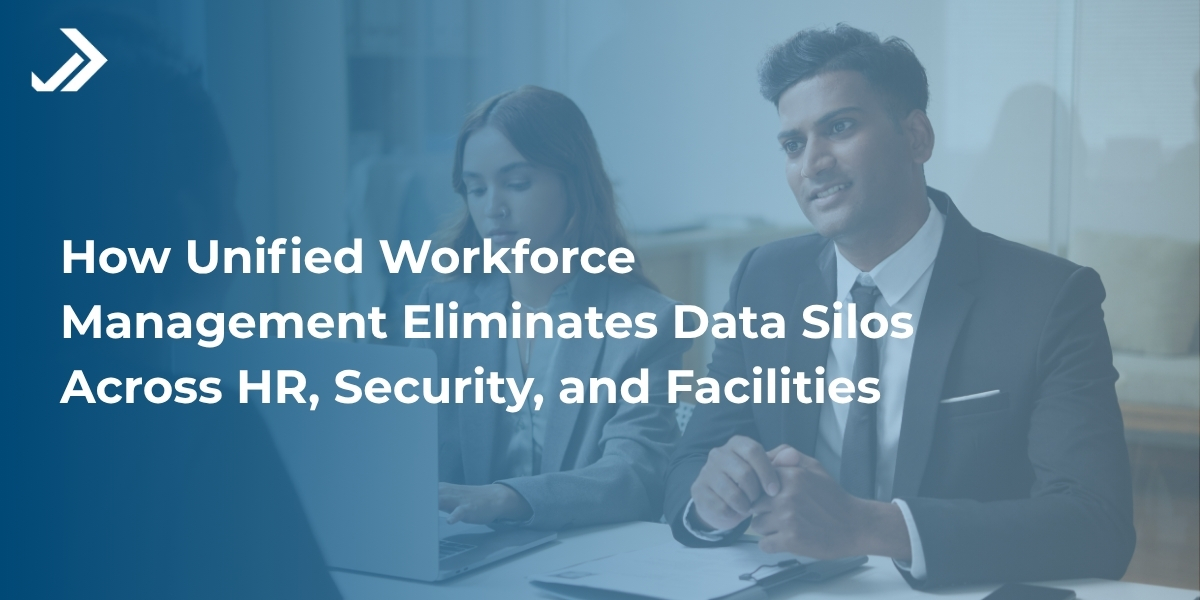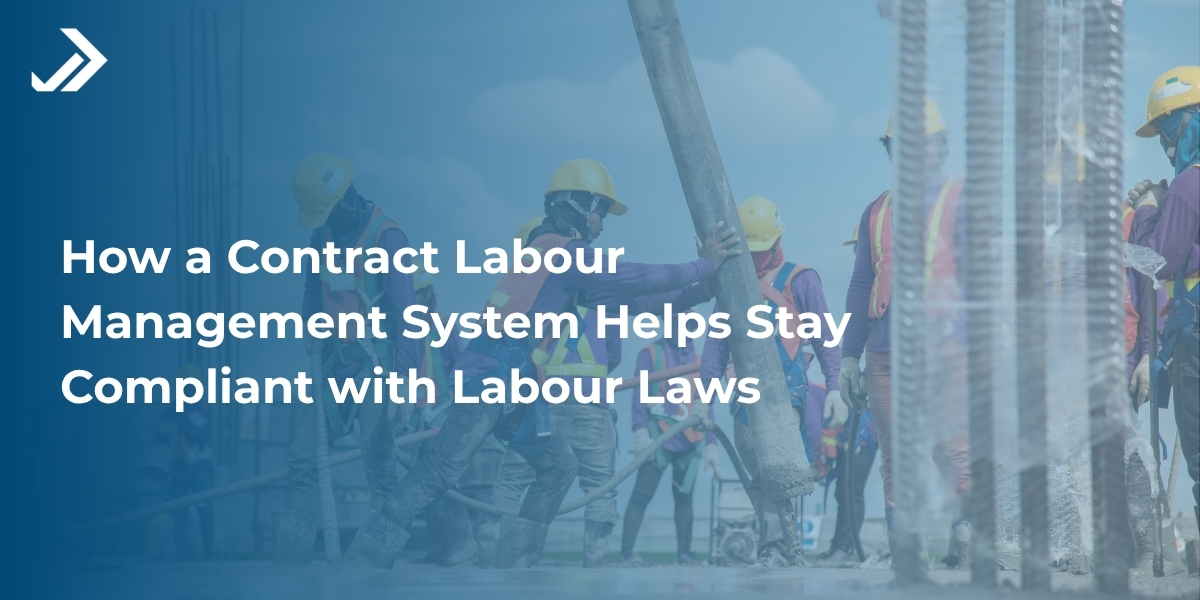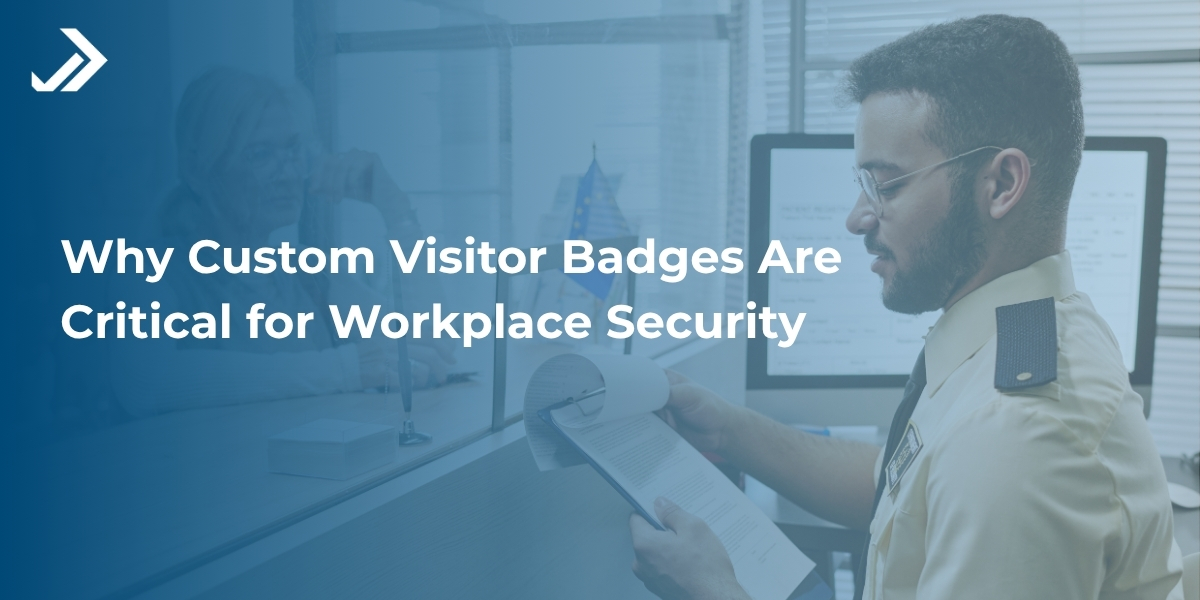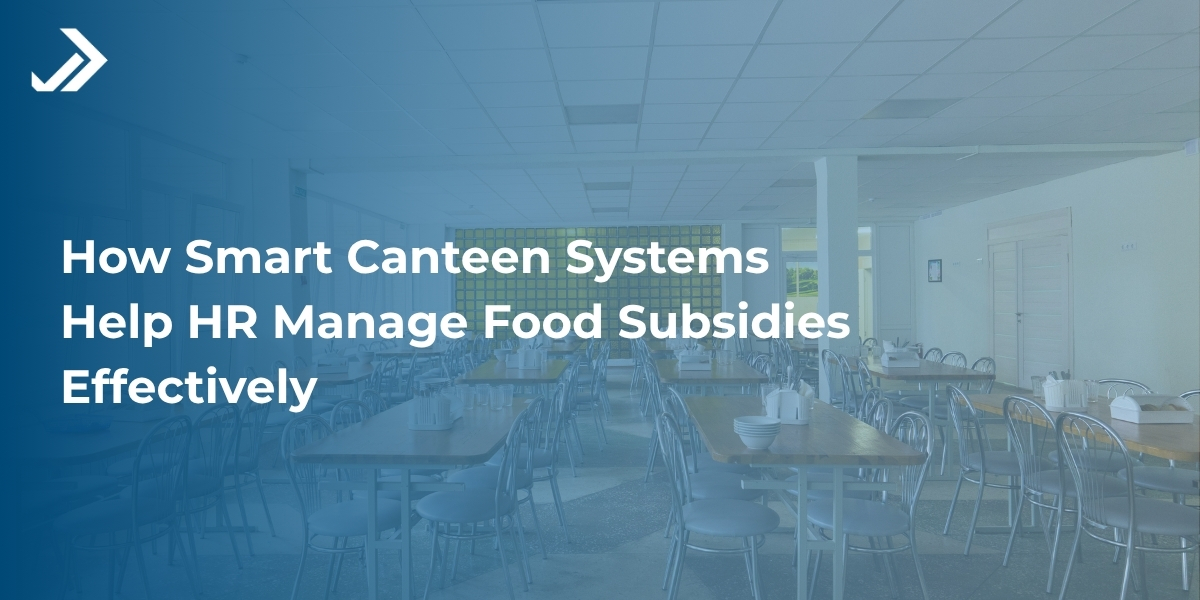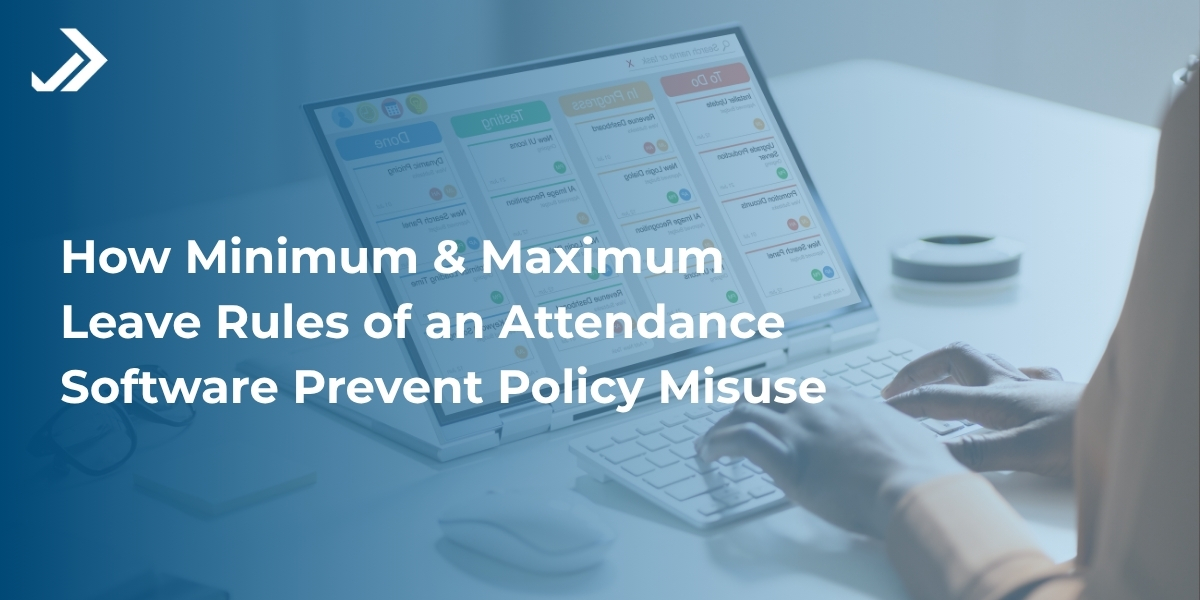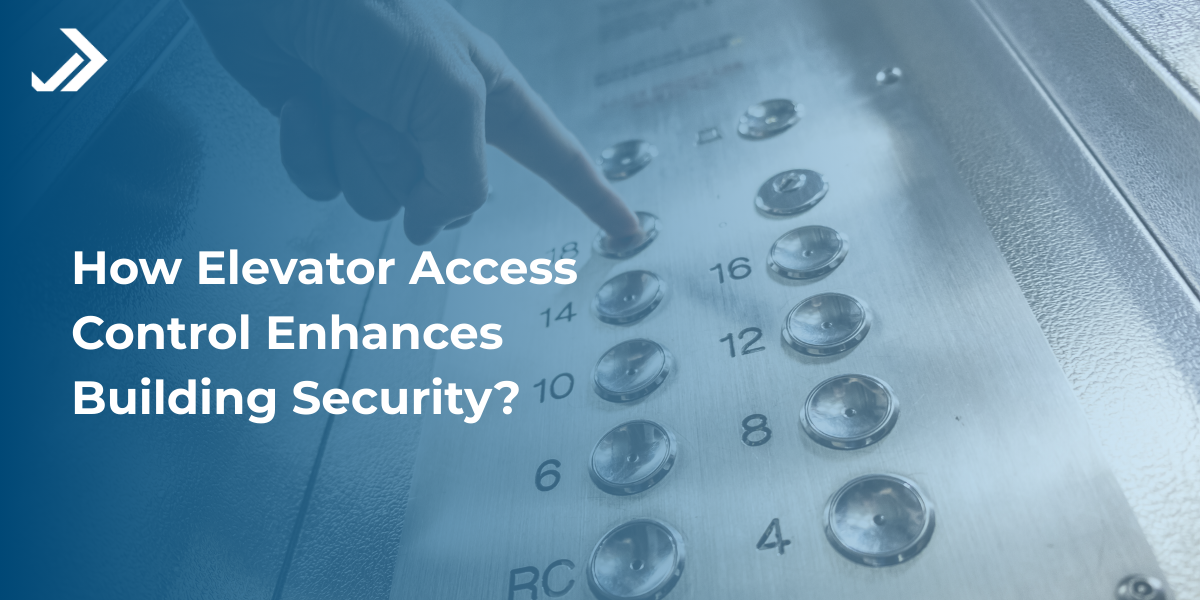

Author : Marketing Team | Follow us on LinkedIn:
2 Jul, 2024
How Elevator Access Control Enhances Building Security?
Table of Contents
Building security has moved far beyond the era of sturdy front doors and single security guards. Modern security demands a multifaceted approach, and an often-overlooked element now plays a pivotal role: elevators.
This blog post examines elevators’ crucial role in building security and access control. We’ll explore the evolution of the security landscape, which now requires more sophisticated measures. Additionally, we’ll dive into how elevators have transitioned from simple transportation devices to integral components of a building’s security ecosystem, supported by innovative solutions that enhance their function as secure checkpoints.
Access Control System: The Core of Elevator Security
In today’s world, where security is a top priority, elevator access control system play a vital role in safeguarding buildings and their occupants. These systems act as the gatekeepers, ensuring only authorized individuals can access specific floors or areas. But with many options available, choosing the right access control system for your elevator can be daunting.
Types of Access Control System
This section will explore the various types of access control system commonly used in elevators, along with their advantages and disadvantages:
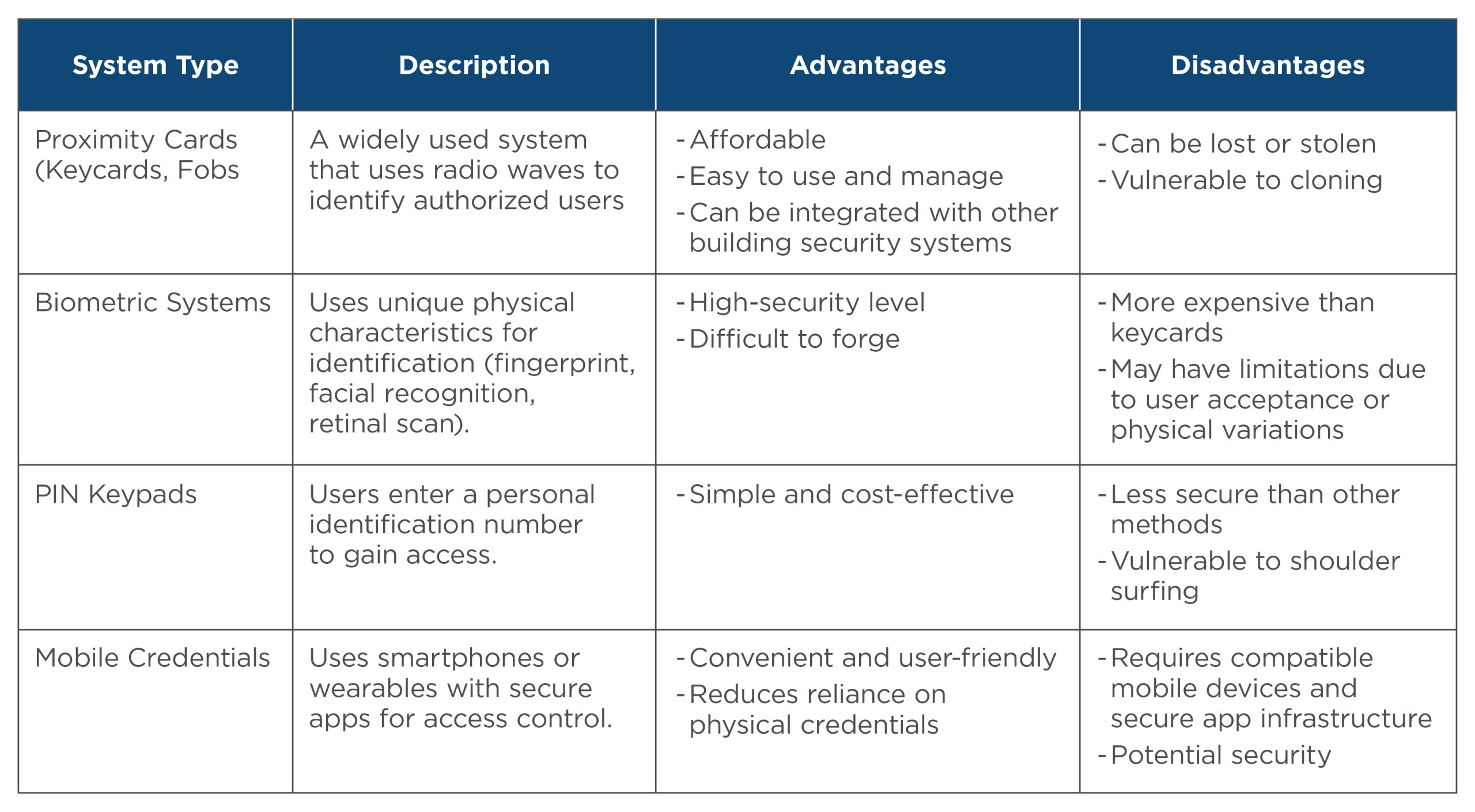
Integration with Elevator Systems
Once you’ve chosen the right access control system, seamlessly integrating it with your elevator is crucial for a cohesive security solution. There are two main approaches to consider:
Single Elevator Access Control:
- Ideal for smaller buildings or buildings with a single elevator.
- Reader installed inside the elevator cab.
- The user authenticates before selecting a floor.
- The system controls which floors users can access.
Destination Dispatch Systems (DDS):
- Ideal for more significant buildings or buildings with high-traffic elevators.
- Users select their destination floor on a separate reader outside the elevator.
- The system assigns elevators based on destination and user access rights.
- Reduces wait times and improves building traffic flow.
Additional Considerations
Here are some additional factors to consider when implementing an elevator access control system:
- Two-factor Authentication: Combine different methods (e.g., keycard + PIN) for increased security.
- Emergency Override Procedures: Ensure authorized personnel can access all floors during emergencies.
- Audit Trails: Maintain logs of access attempts for security investigations.
By implementing these elements, building managers can create a robust elevator security system that enhances overall building security and occupant safety.
Elevator Security Features: Enhancing Building Safety
Elevators are no longer just vertical transportation systems. In today’s security-conscious world, they play a crucial role in safeguarding buildings and occupants. By implementing compelling elevator security features, building managers can create a layered defense against unauthorized access and ensure the safety of everyone inside.
Let’s dive into three key elevator security features that significantly enhance overall building security:
- Secure Floor Access Restriction:
Elevator access control restricts unauthorized individuals from reaching specific floors to create a secure zone for sensitive areas. This is achieved by integrating systems like keycard readers or biometric scanners into the elevators. Users can only access floors they are authorized for, making this feature especially crucial for buildings with high-value assets (data centers, server rooms), laboratories with restricted materials, or buildings with executive offices and VIP areas requiring extra security.
- Two-Person Control for Authorized Personnel:
Two-person control systems add an extra layer of verification for areas requiring maximum security, like vaults, armories, cash handling facilities, server rooms, or critical infrastructure. These systems require two authorized individuals to be present to activate the elevator to those specific floors, preventing unauthorized access even if someone acquires another person’s credentials.
- Emergency Response Protocols within Elevators:
In the event of an emergency, elevator occupants need to feel secure and have clear instructions. Modern elevators address this by incorporating features like two-way communication, which allows direct contact with building security or emergency services. Emergency lighting provides illumination during power outages, and elevator recall enables building management to bring the elevator to a designated floor for evacuation or rescue. These features offer peace of mind and ensure a swift response during critical situations, making elevator security a worthwhile investment.
Building owners and managers can create a safer and more secure environment for everyone by implementing these elevator security features. These features deter unauthorized access and provide crucial support during emergencies.
Additional Tips:
- Regularly test and maintain elevator security systems to ensure proper functionality.
- Conduct security awareness training for building occupants on proper elevator usage and emergency procedures.
- Consider integrating elevator security with your overall building security system for a comprehensive approach.
- By prioritizing elevator security, building managers can contribute to a safer and more secure environment for all occupants
Modern Technologies for Advanced Elevator Security
The role of elevators in building security has transformed dramatically. Gone are the days of simple keypads; modern technology offers a robust suite of features to create a layered security approach for elevators. Let’s discuss the three cutting-edge advancements that are revolutionizing elevator security:
- Integration with Video Surveillance Systems:
- Seamless integration between elevator access control systems and video surveillance creates a powerful security deterrent.
- Cameras strategically placed inside and outside elevators capture footage of users attempting access.
- This visual verification and access control data provide a comprehensive security audit trail.
- The presence of cameras can also deter unauthorized access attempts.
- Mobile Access Control for Elevators:
- Traditional keycards or fobs are convenient but can be lost or stolen. Mobile access control offers a more secure and user-friendly alternative.
- Users can gain elevator access with a simple tap or wave by utilizing smartphones or wearables with secure apps.
- These apps leverage secure Bluetooth or NFC (Near Field Communication) technology for added security.
- Mobile access control also eliminates the need to manage physical credentials, streamlining user management.
- Cloud-Based Monitoring and Management:
- Cloud-based platforms take elevator security to the next level by offering centralized monitoring and management.
- Building managers can remotely monitor real-time elevator access activity from any internet-connected device.
- The cloud provides centralized storage for access logs and event data, facilitating security audits and investigations.
- Real-time alerts can be triggered for unauthorized access attempts or suspicious activity, enabling security personnel to respond swiftly.
Benefits of Implementing Elevator Security Solutions
In our dynamic environment, securing buildings involves much more than just reinforcing entry points. Traditionally viewed merely as a means of vertical transportation, elevators have evolved into integral components of comprehensive building security strategies. By implementing robust elevator security solutions, property managers can significantly enhance the safety and security of their premises. Let’s delve into the primary benefits of these advanced security measures:
Enhanced Physical Security and Access Control
Elevator access control systems are no longer science fiction. These systems restrict unauthorized individuals from reaching sensitive areas. Integration with keycard readers, fobs, or biometric scanners ensures that only authorized personnel can access specific floors. This creates a secure zone for restricted areas like data centers, server rooms, laboratories, executive offices, and VIP areas.
Reduced Risk of Theft and Vandalism
Elevator security solutions powerfully deter theft and vandalism by limiting access to specific floors. Restricted elevator access makes it more difficult for unauthorized individuals to reach areas with valuable equipment, sensitive data, or restricted materials. This not only protects property but also reduces the potential for costly repairs and disruptions to daily operations.
Enhanced Building Resident/Tenant Safety
Secure elevators contribute to a safer environment for building residents and tenants. Features like two-person control systems for high-security areas offer an extra layer of verification, ensuring only authorized personnel can access those floors. Additionally, emergency response protocols within elevators, including two-way communication and elevator recall, ensure a swift response during emergencies. These features give occupants peace of mind, knowing they can rely on the building’s security measures to keep them safe.
Conclusion
The future of elevator security is bright, promising a continuous climb toward enhanced protection. Trends like facial recognition and AI-powered anomaly detection will offer even greater security. However, staying ahead of threats requires constant upgrades. Spectra’s Elevator Access Control (EAC) provides a user-friendly solution today, with customizable access, fail-safe operation, and easy installation. Reduce costs by eliminating manual guarding and managing visitors with category-based policies. By embracing advancements and partnering with the right security solutions, building managers can create a safe and trustworthy environment for everyone.


